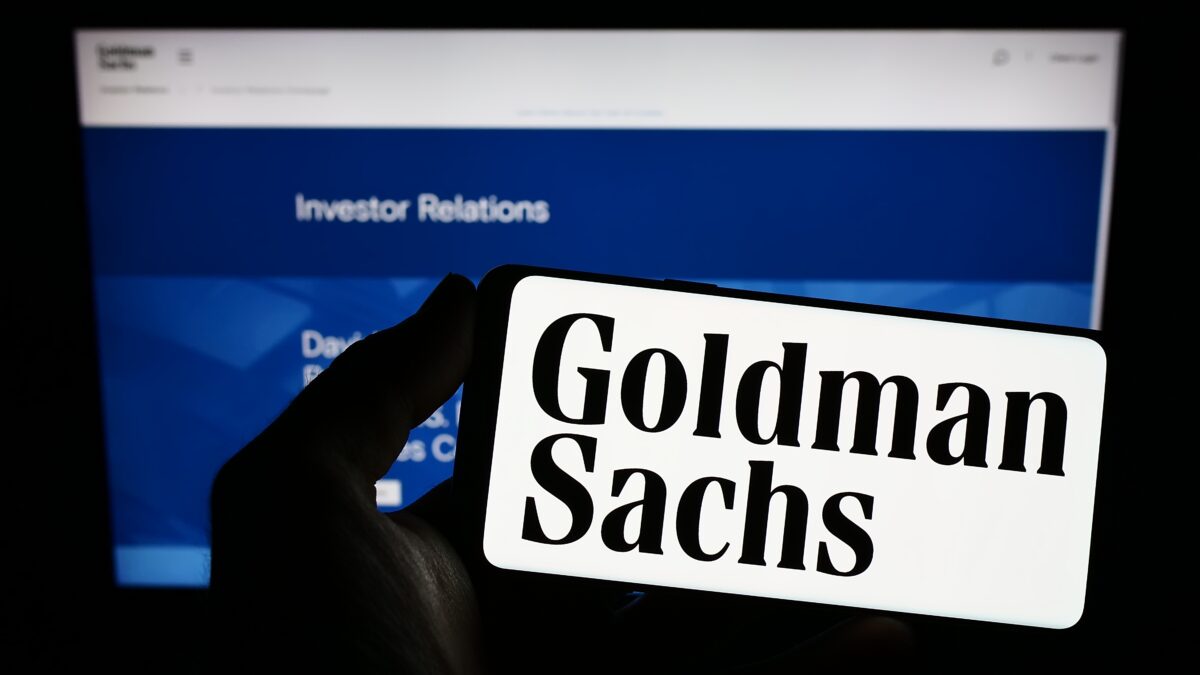TLDRs:
Contents
- Goldman Sachs has deployed its AI assistant across all departments to automate operations and boost efficiency.
- The assistant uses advanced models like GPT-4 and Gemini to perform tasks such as document summarization, data analysis, and content creation.
- Despite the rollout, the bank faces challenges like data fragmentation and pressure to deliver fast returns on AI investments.
- The move reflects Goldman’s long-term tech strategy and follows a major investment in AI cybersecurity firm Tines.
Goldman Sachs has officially rolled out its generative AI assistant across all departments, in a landmark move that underscores the bank’s ambition to modernize operations and tighten its grip on emerging technologies.
The AI assistant, dubbed GS AI Assistant, has been gradually deployed since early 2025 and is now fully integrated into company-wide workflows, supporting functions from investment banking to wealth management.
The launch is part of a broader digital transformation strategy that began several years ago and is now accelerating amid growing industry pressure to capitalize on artificial intelligence. By embedding advanced AI tools into daily operations, Goldman Sachs is aiming to increase efficiency, reduce human error, and deliver faster, data-driven insights to both clients and internal teams.
Rollout builds on Years AI Investment
Goldman Sachs’ journey into AI didn’t begin with this latest rollout. The firm has been strategically laying the groundwork since at least 2017, when it introduced “Deal Link,” a tool that automated over a hundred steps in the IPO process. That initiative alone saved thousands of labor hours. With engineers making up about a quarter of staff in some divisions, Goldman has increasingly positioned itself as a tech-forward financial institution rather than a traditional bank.
The GS AI Assistant builds on this foundation, using large language models such as OpenAI’s GPT-4 and Google’s Gemini to provide tailored support. From summarizing complex documents to drafting content and translating research, the assistant is designed to meet the specific needs of each department, rather than offering a one-size-fits-all solution.
Data issues and ROI pressure Complicate the Transition
Despite the promise, integrating AI across such a vast organization is not without complications. Data fragmentation, legacy systems, and inconsistent implementation strategies continue to pose significant obstacles. In fact, nearly 60 percent of AI budgets across the financial industry are reportedly being funneled into data modernization efforts, reflecting how crucial data quality is for effective AI deployment.
Even as AI spending increases, up 25 percent in 2025 alone, financial institutions face mounting pressure to show rapid returns on investment. Most banks, including Goldman, are expected to see payoffs within two years or risk falling behind. Yet according to recent studies, only a small fraction of financial leaders consider their firms mature in AI integration, illustrating the steep climb ahead.
Productivity Competitive Edge Gains
The GS AI Assistant is being framed not only as a tool for internal efficiency but also as a weapon in the battle for market dominance. Research suggests AI could unlock over $1 trillion in annual value for the banking sector. With faster transaction processing, enhanced fraud detection, and significantly reduced error rates, the promise of AI goes far beyond automation.
Goldman Sachs, aware of these advantages, is seizing the moment. CEO David Solomon has championed AI as a lever to boost productivity and sharpen the firm’s competitive edge. The move also follows the bank’s $125 million investment in Dublin-based AI startup Tines in February, signaling a dual-pronged approach of internal development and external innovation.


